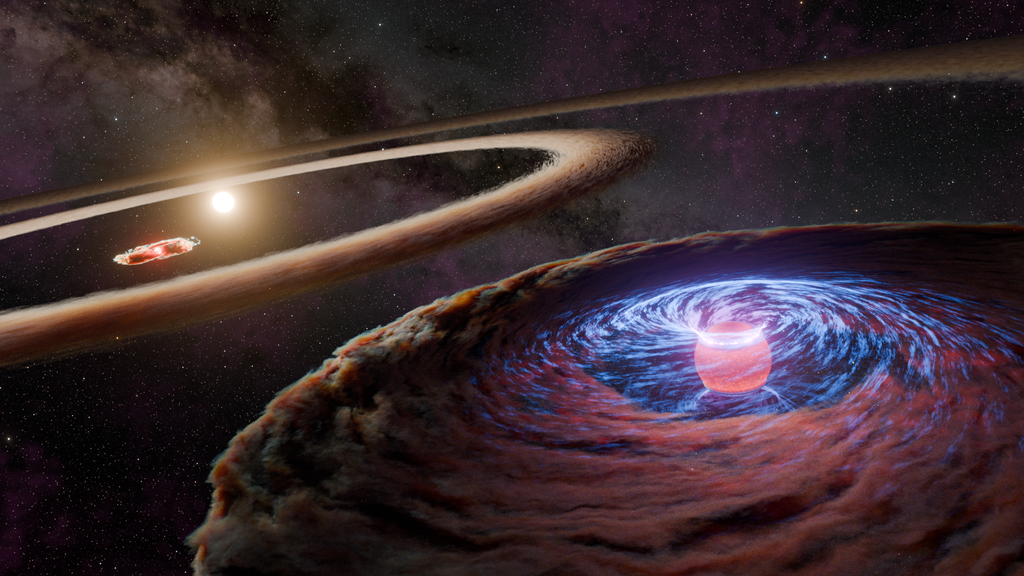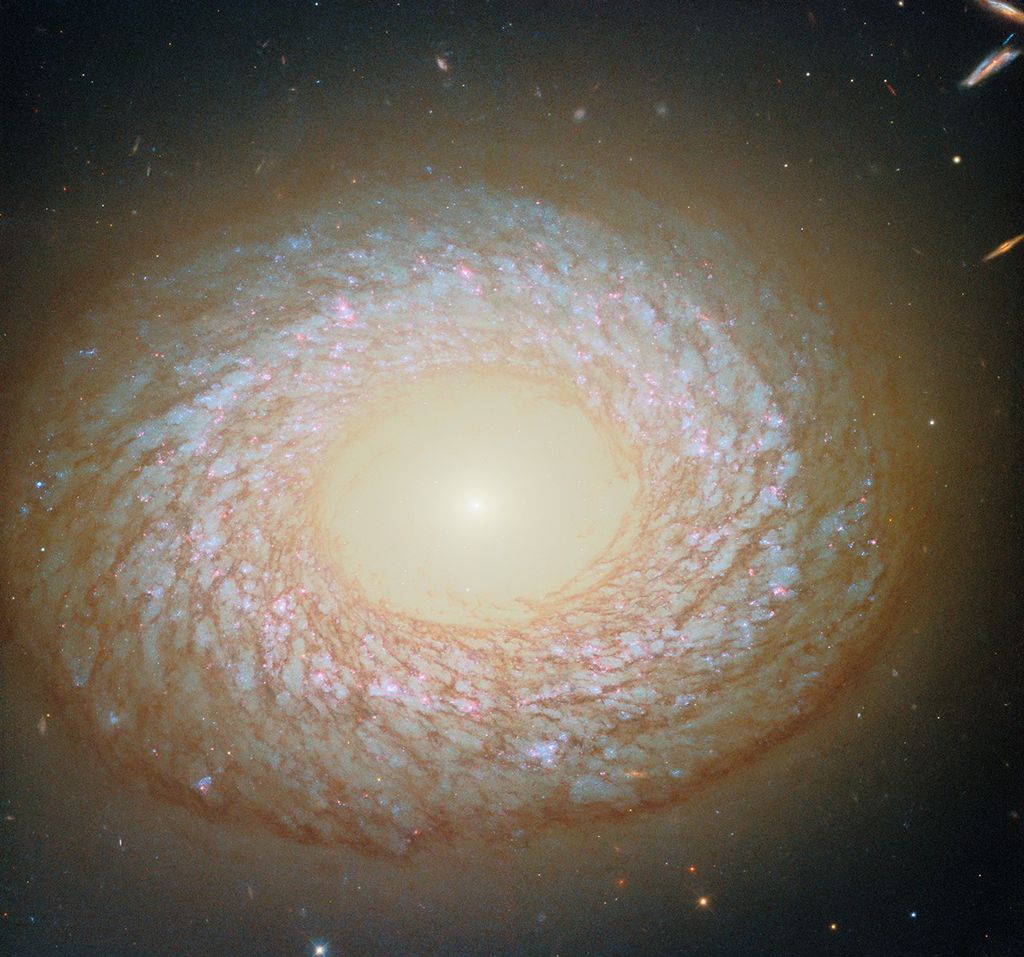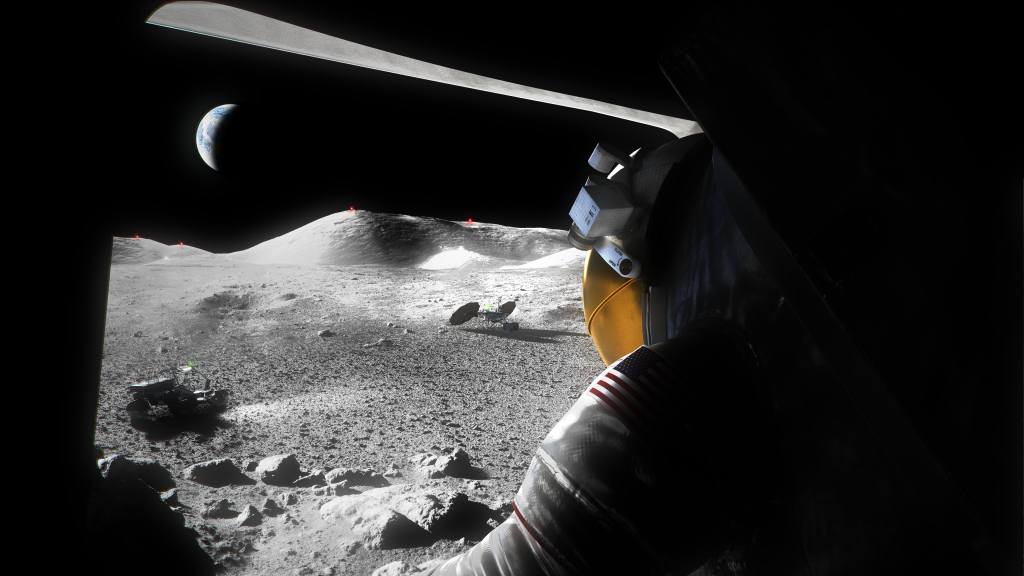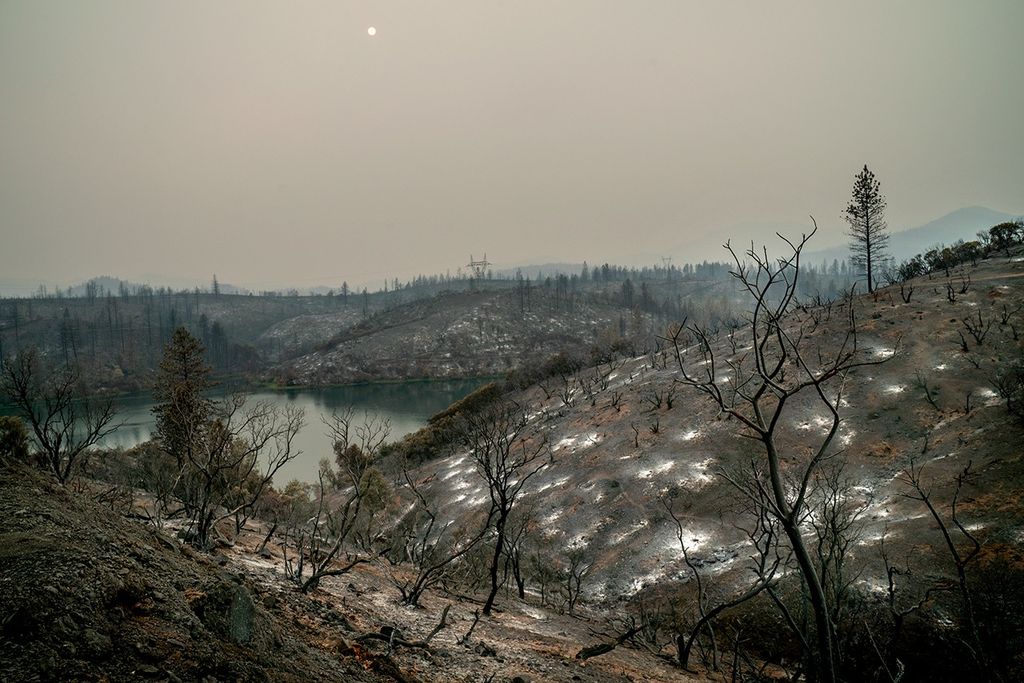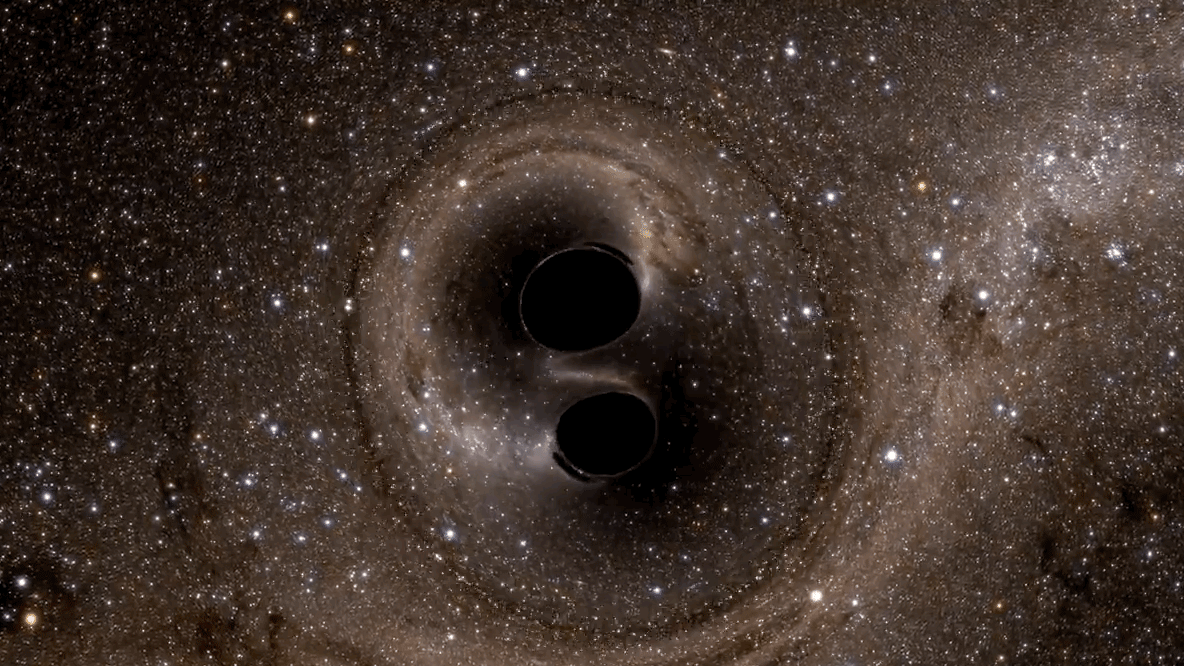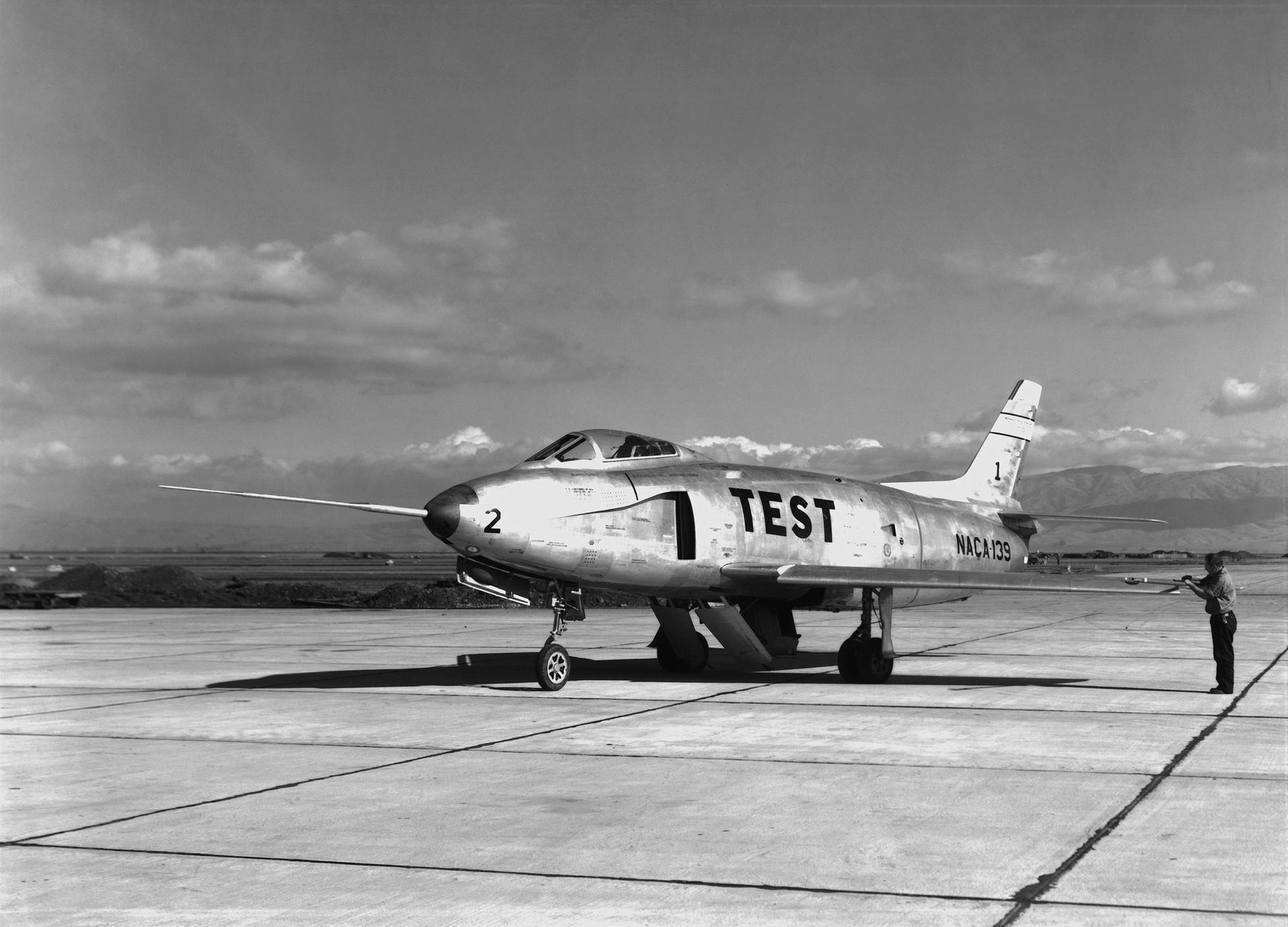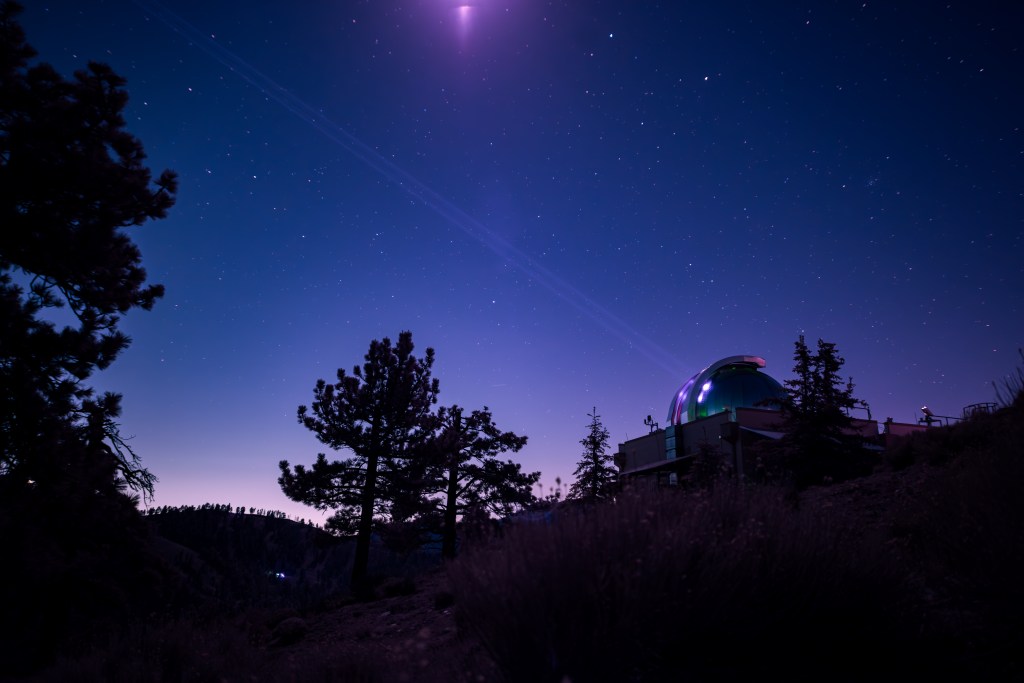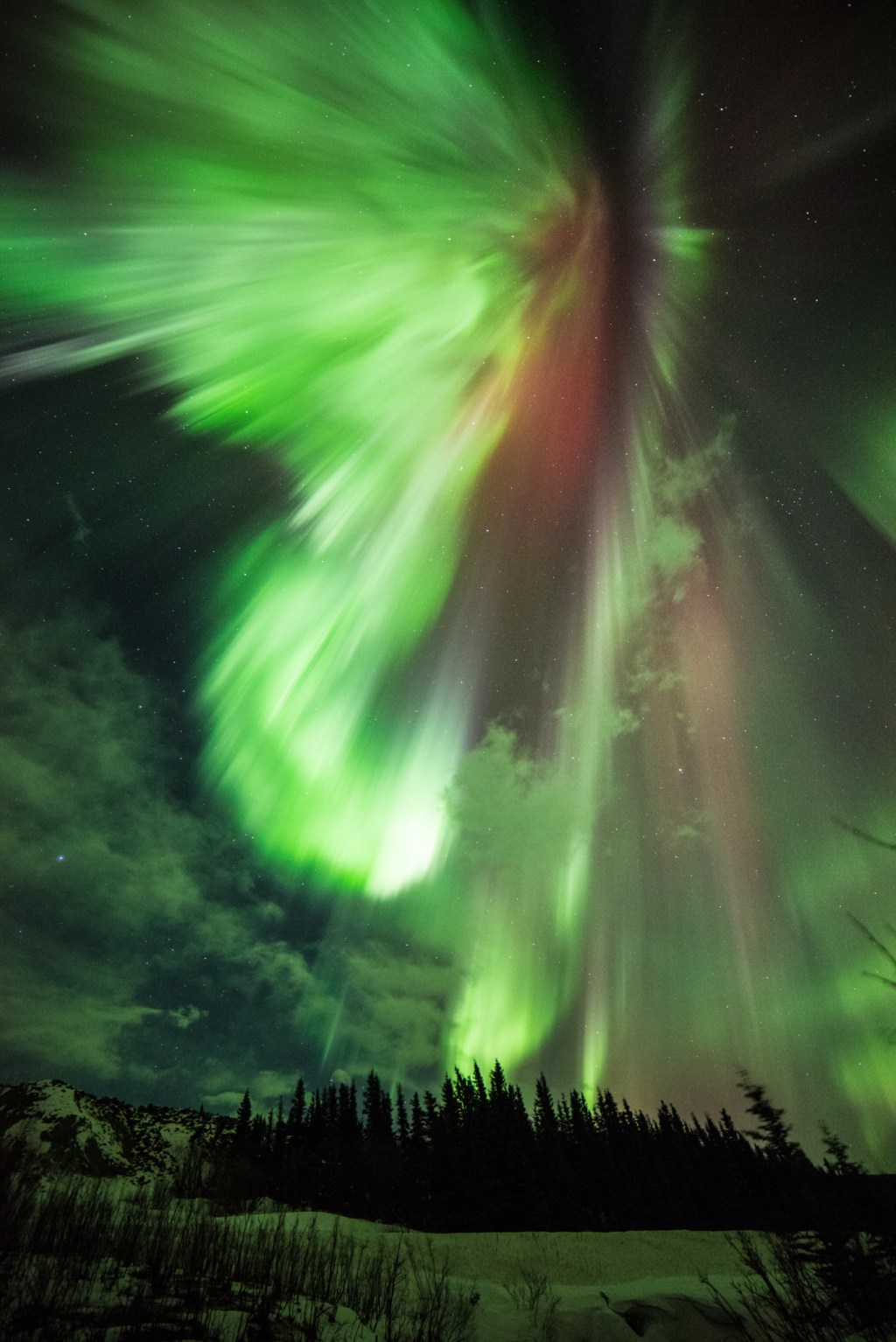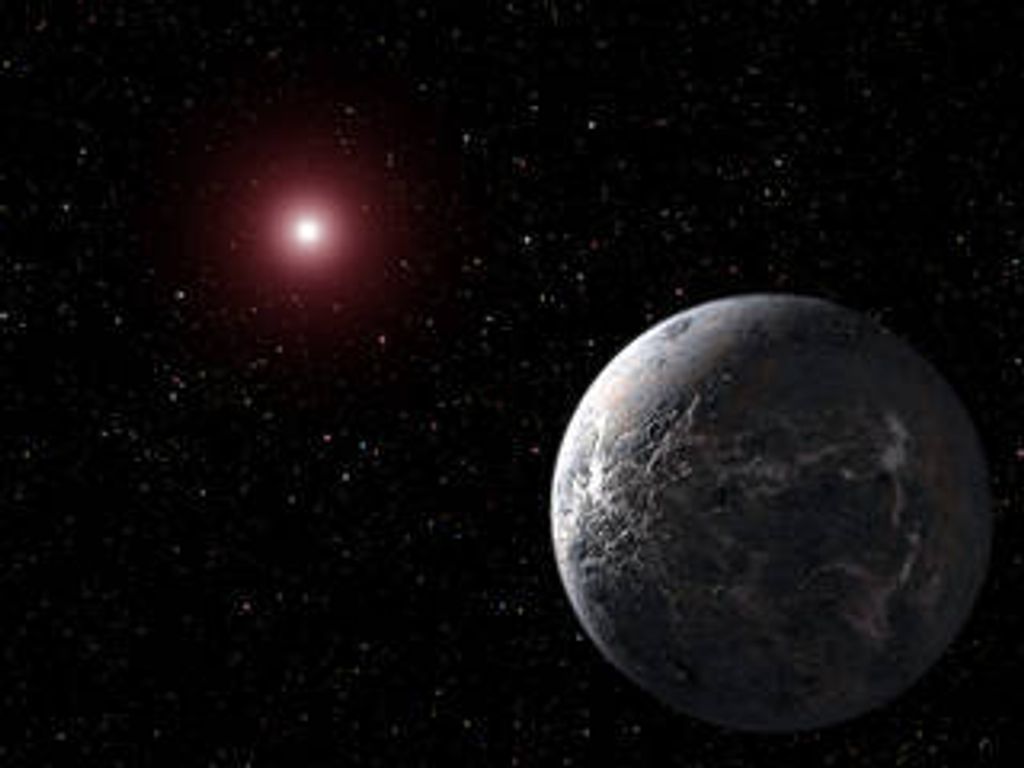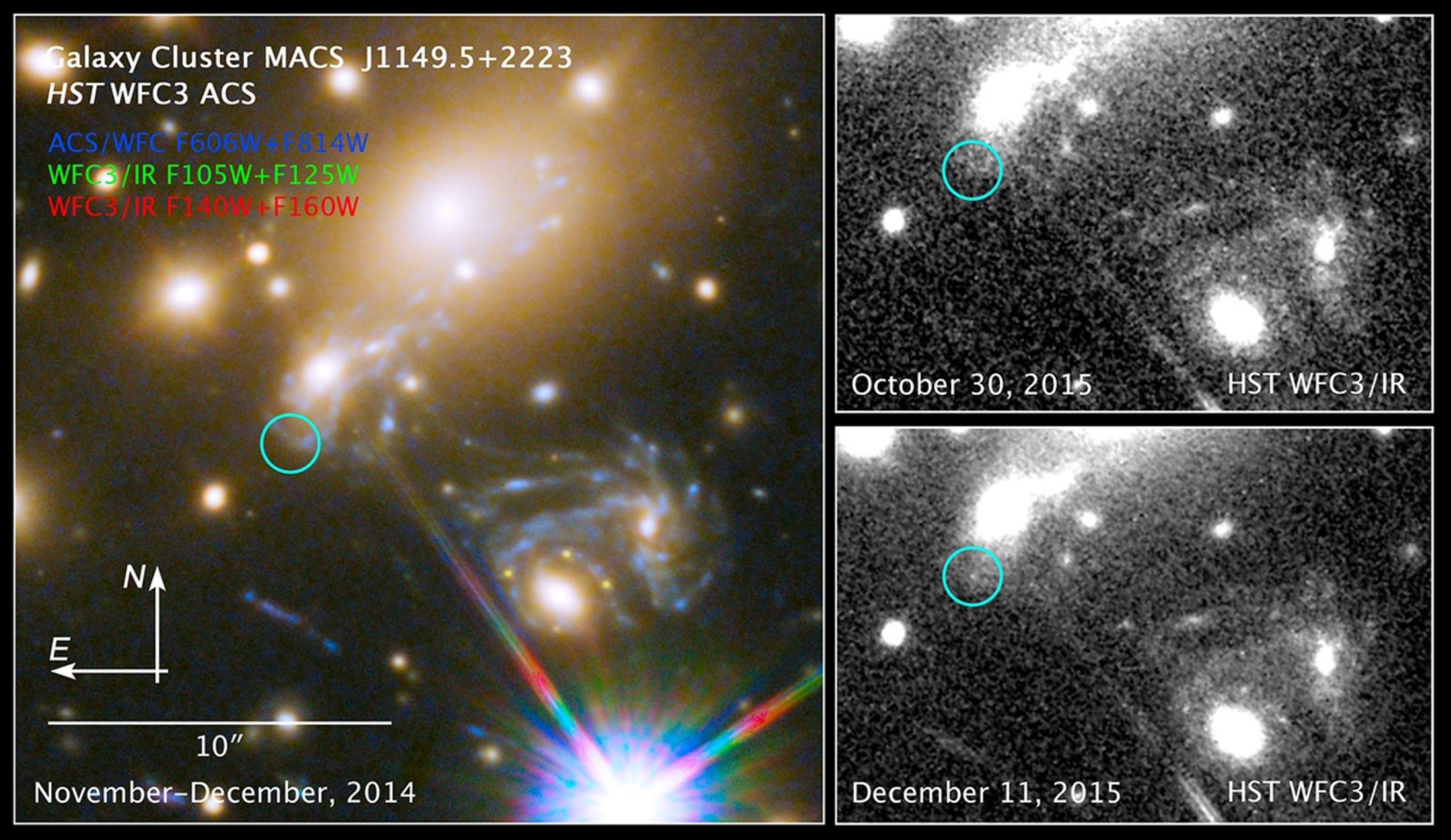Hubble has captured an image of the first-ever predicted supernova explosion. The reappearance of the supernova dubbed "Refsdal" was calculated by different mass models of a galaxy cluster whose immense gravity is warping the supernova's light as the light travels toward Earth. The supernova was previously seen in November 2014 behind the galaxy cluster MACS J1149.5+2223, part of Hubble's Frontier Fields program. Astronomers spotted four separate images of the supernova in a rare arrangement known as an Einstein Cross. This pattern was seen around a galaxy within MACS J1149.5+2223. While the light from the cluster has taken about five billion years to reach us, the supernova itself exploded much earlier, nearly 10 billion years ago. The detection of Refsdal's reappearance served as a unique opportunity for astronomers to test their models of how mass – especially that of mysterious dark matter – is distributed within this galaxy cluster.
1 min read
Caught in the Act: Hubble Captures First-Ever Predicted Exploding Star
Related Images & Videos
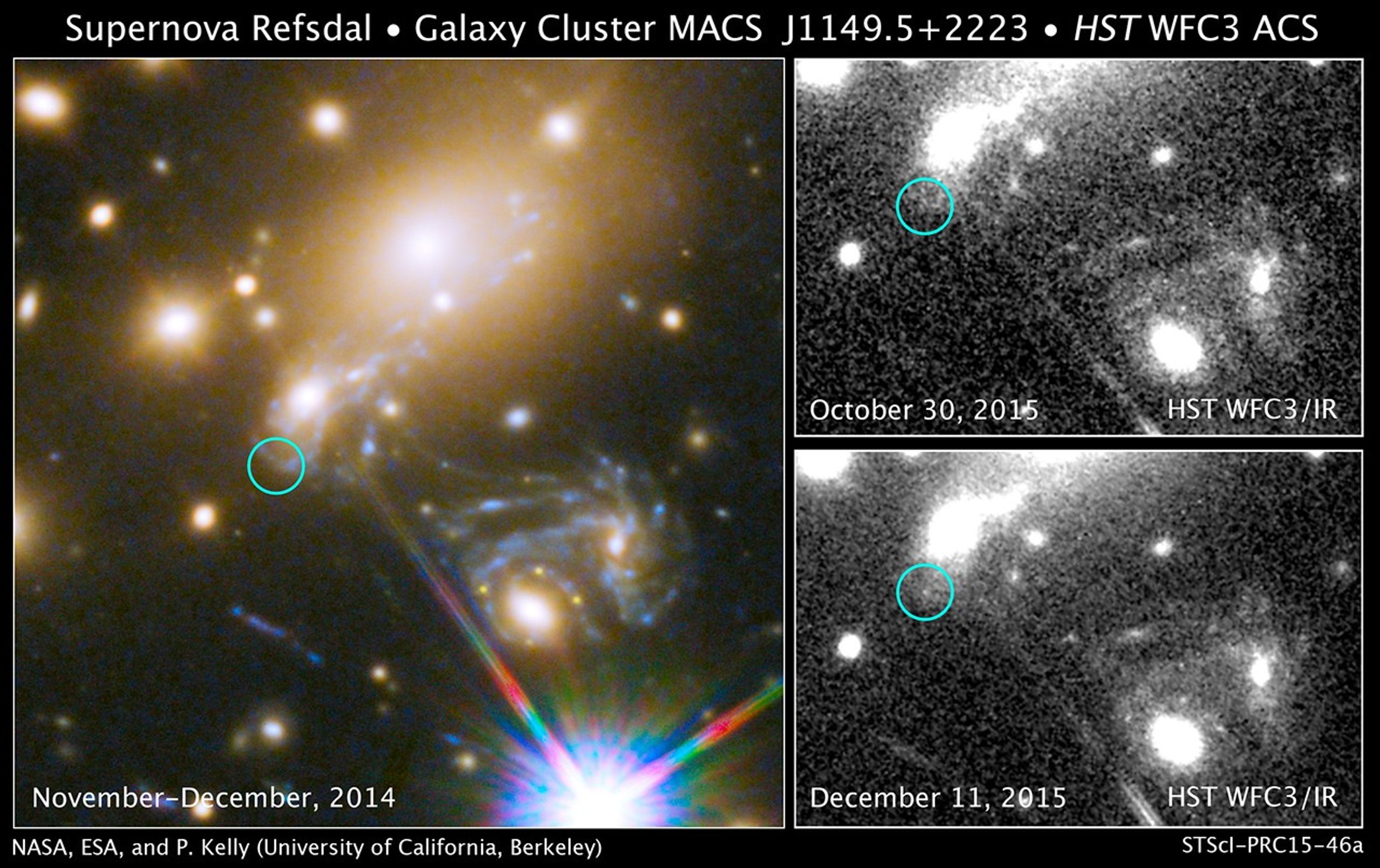
Supernova Refsdal and Galaxy Cluster MACS J1149.5+2223
This image composite shows the search for the supernova nicknamed Refsdal using NASA's Hubble Space Telescope. The image to the left shows a part of the deep-field observation of the galaxy cluster MACS J1149.5+2223 from the Frontier Fields program. The circle indicates the...
Share
Details
Claire Andreoli
NASA’s Goddard Space Flight Center
Greenbelt, Maryland
claire.andreoli@nasa.gov
NASA, ESA, and P. Kelly (University of California, Berkeley);
Acknowledgment: NASA, ESA, and S. Rodney (University of South Carolina) and the FrontierSN team; T. Treu (UCLA), P. Kelly (UC Berkeley) and the GLASS team; J. Lotz (STScI) and the Frontier Fields team; M. Postman (STScI) and the CLASH team; and Z. Levay (STScI)

